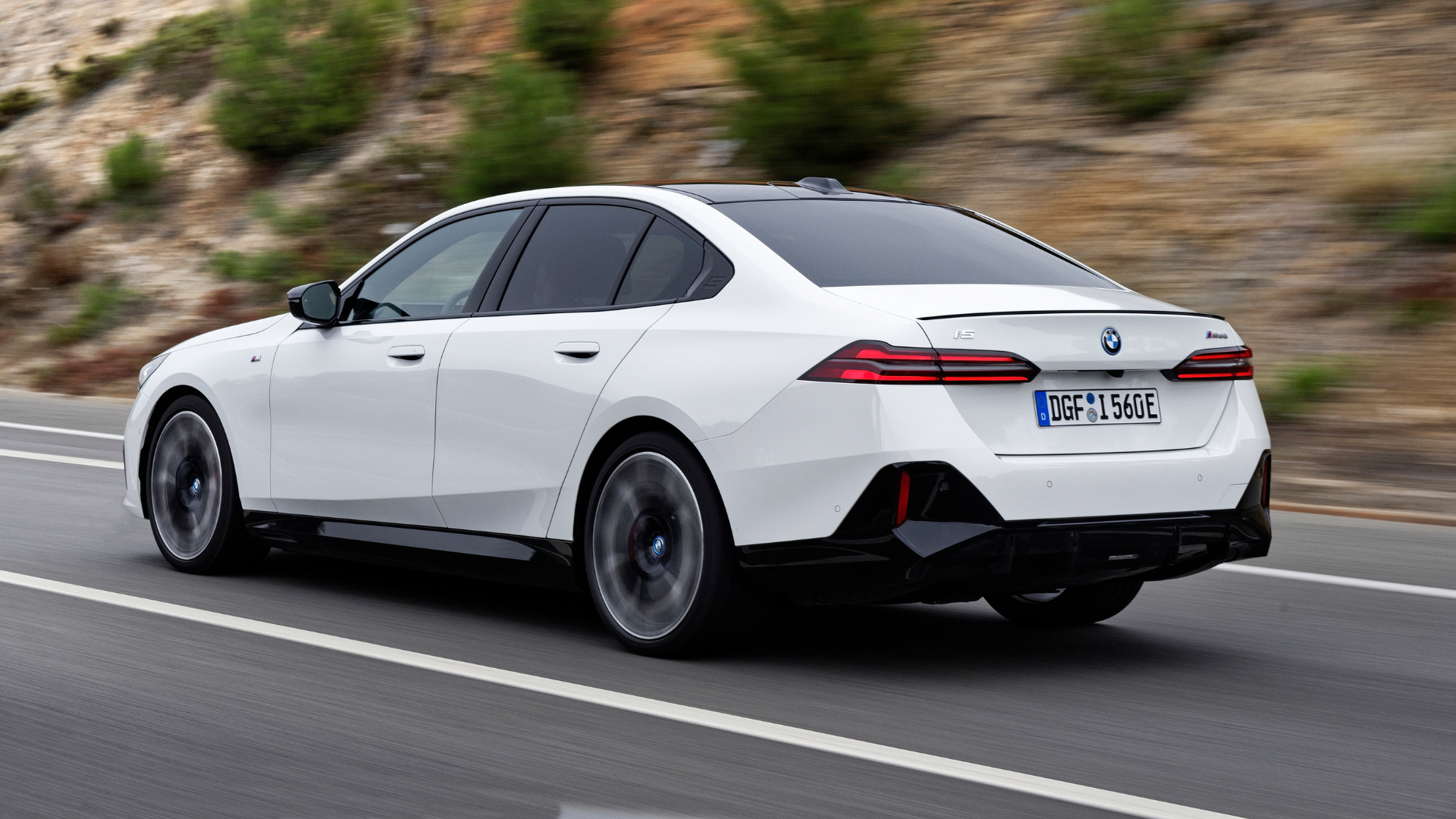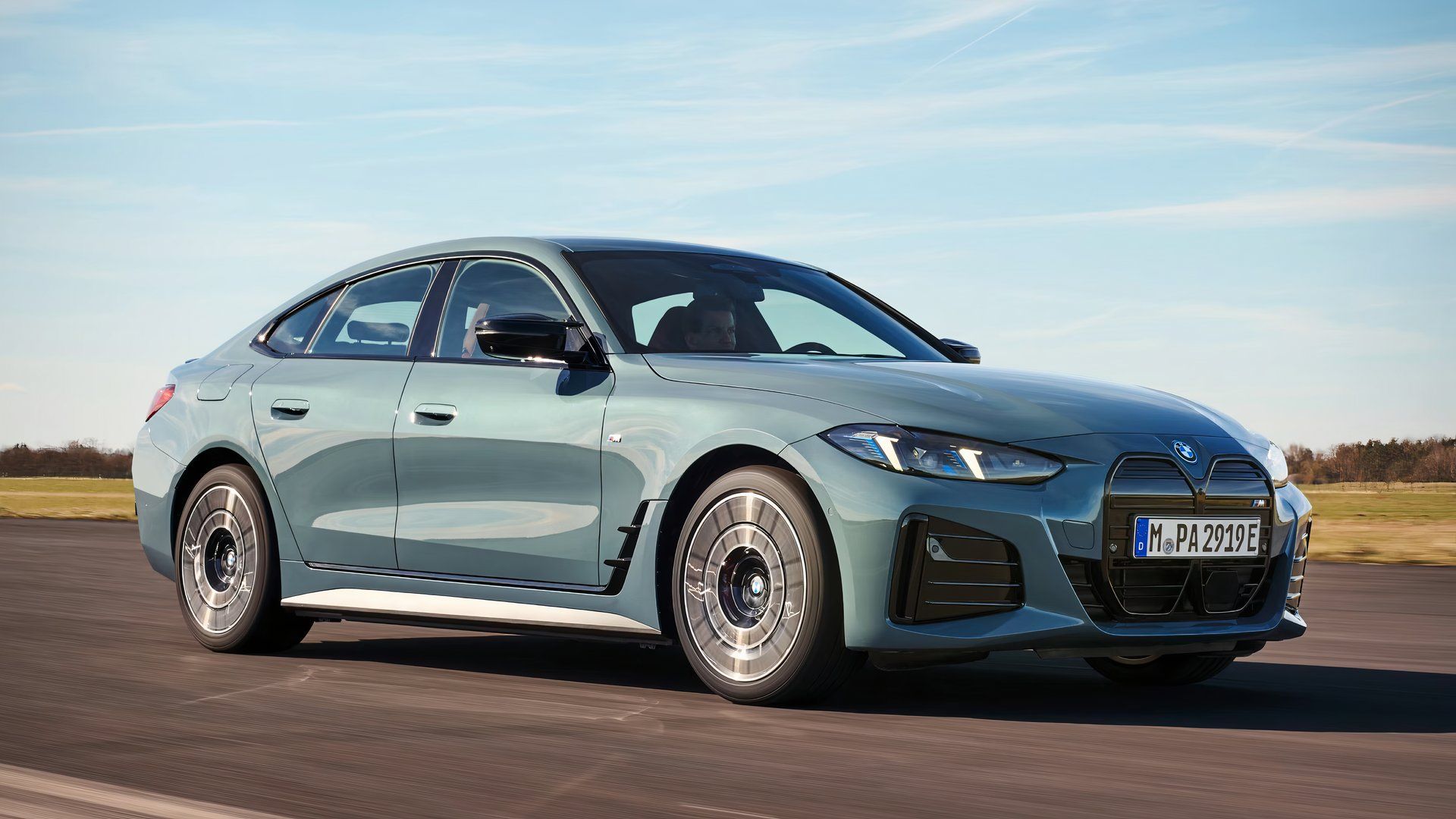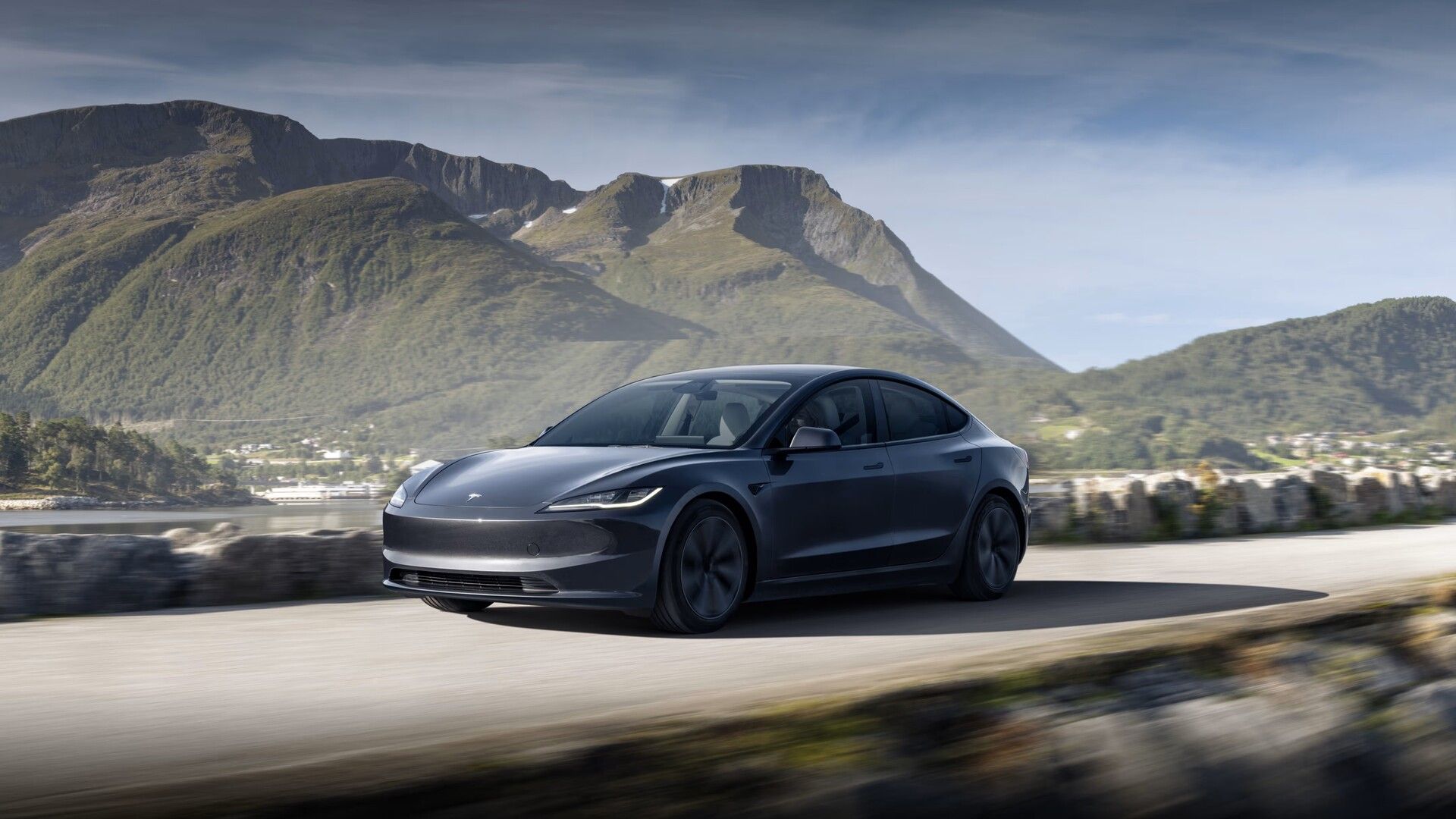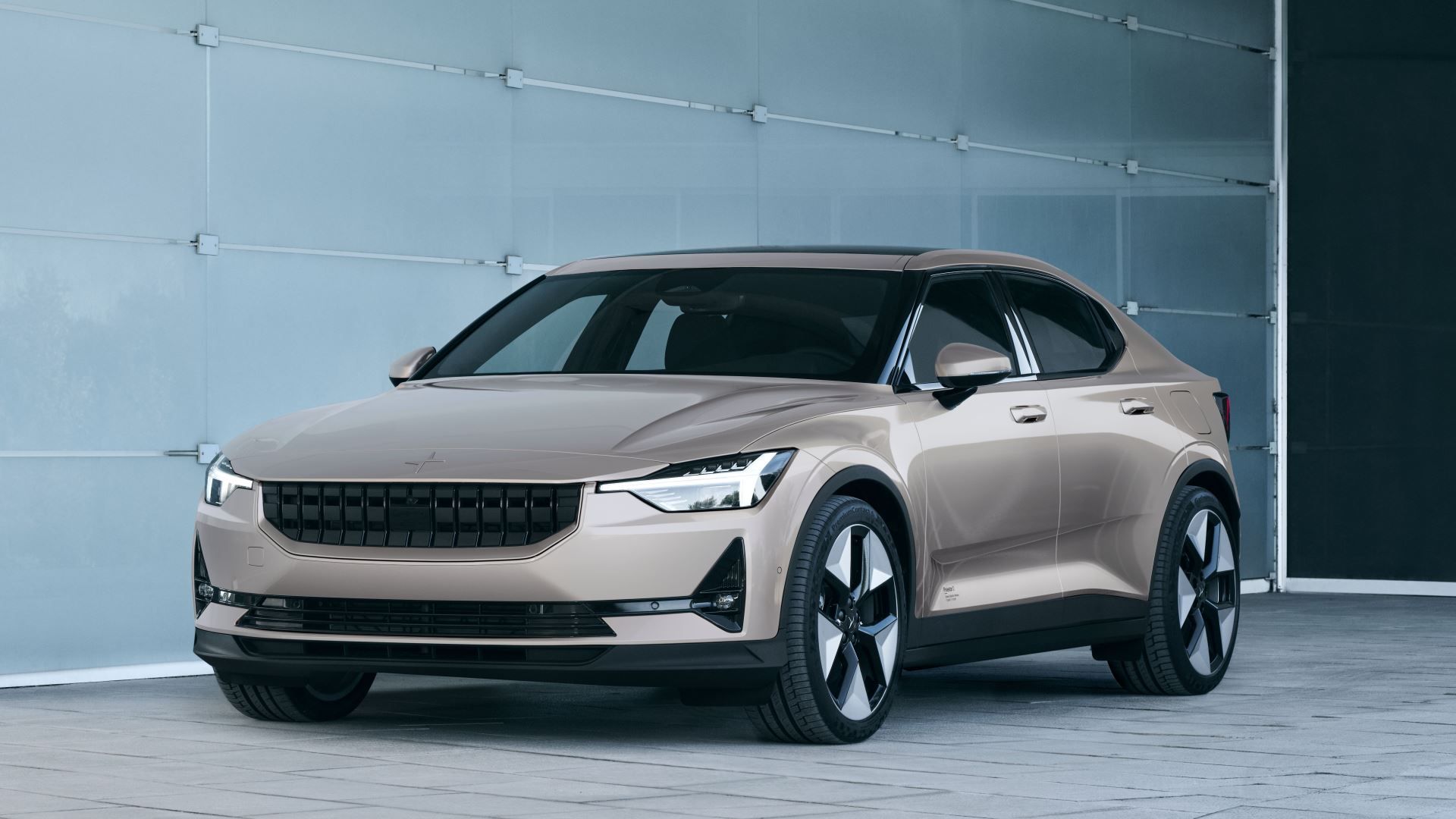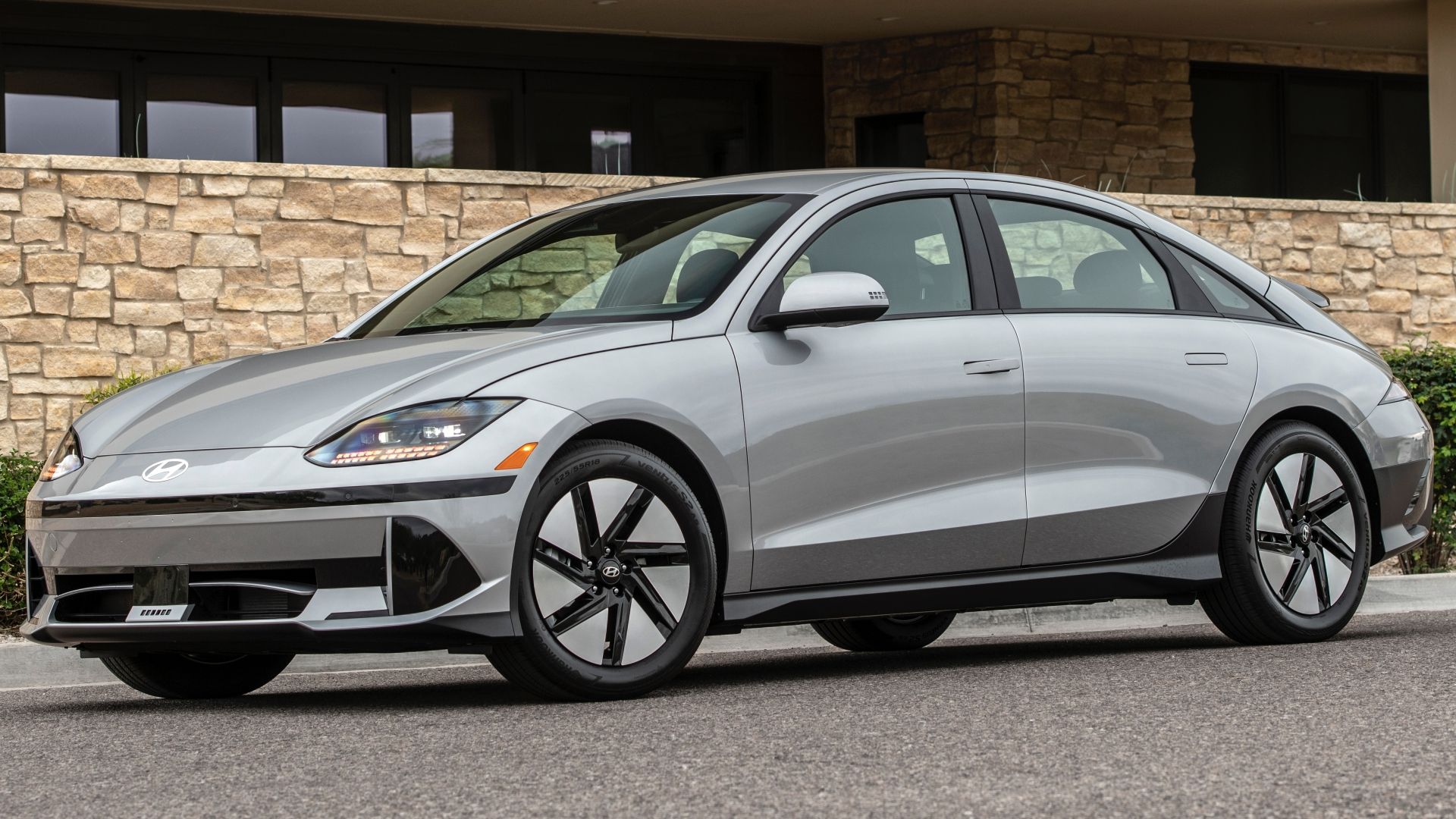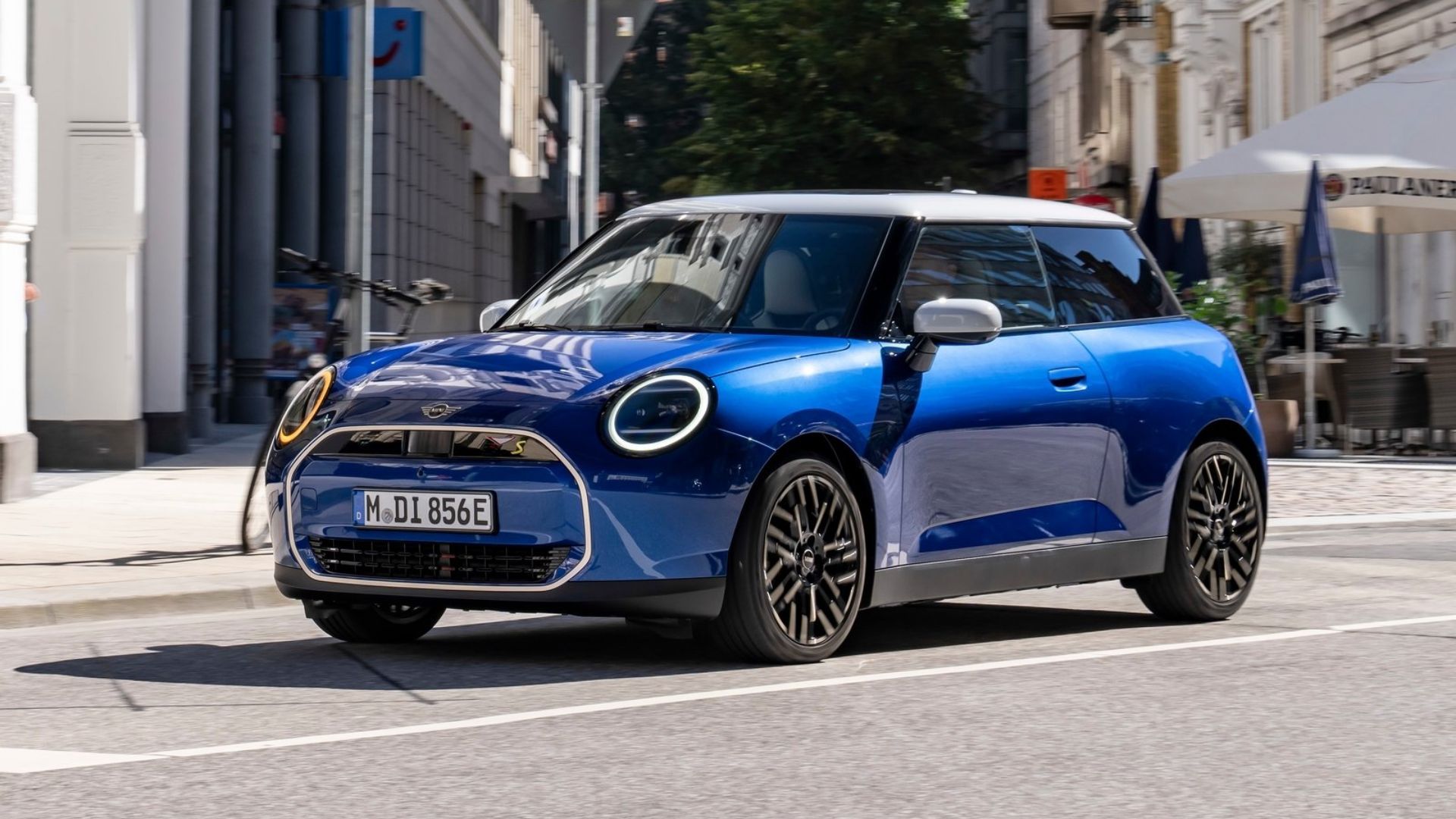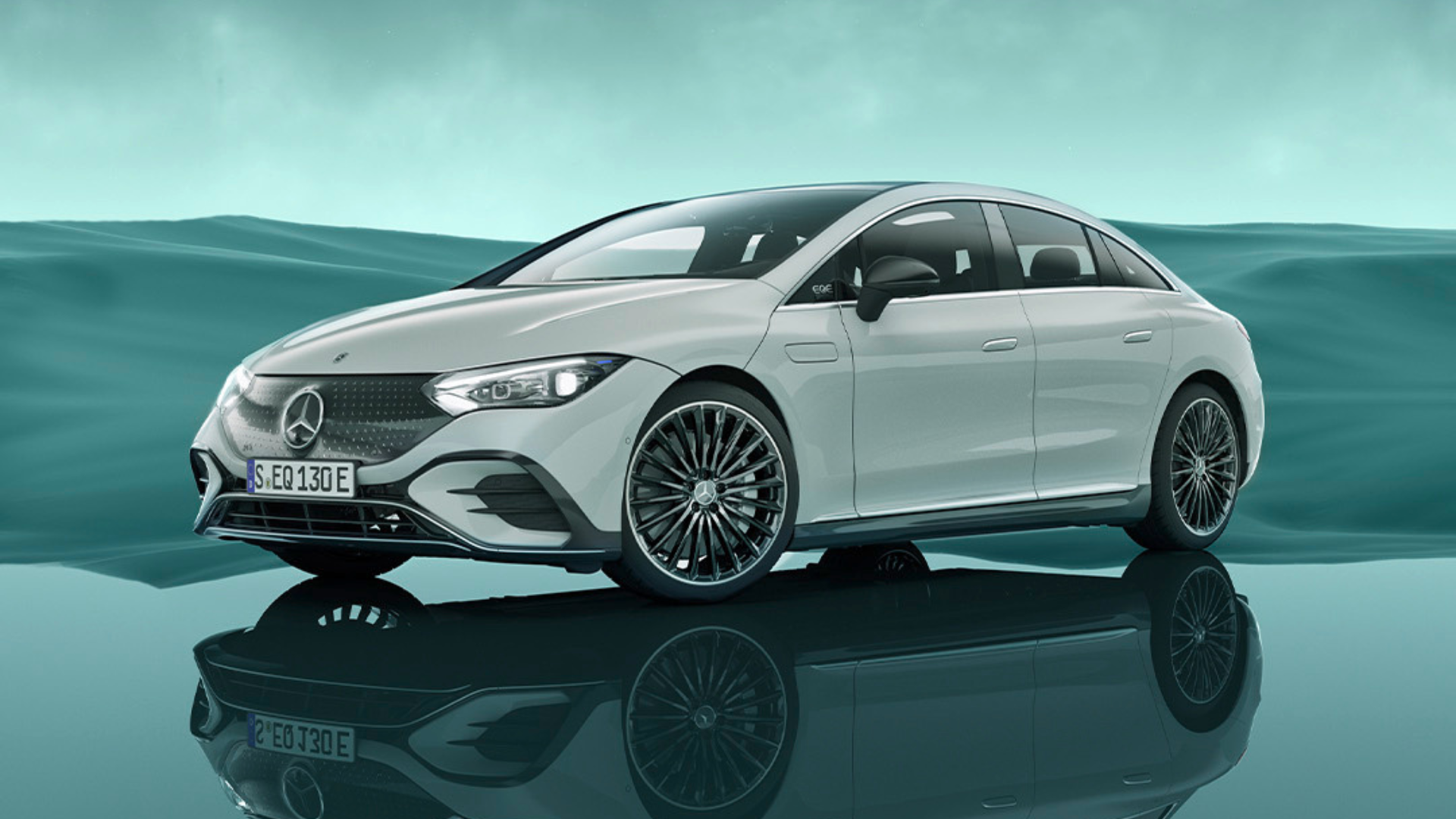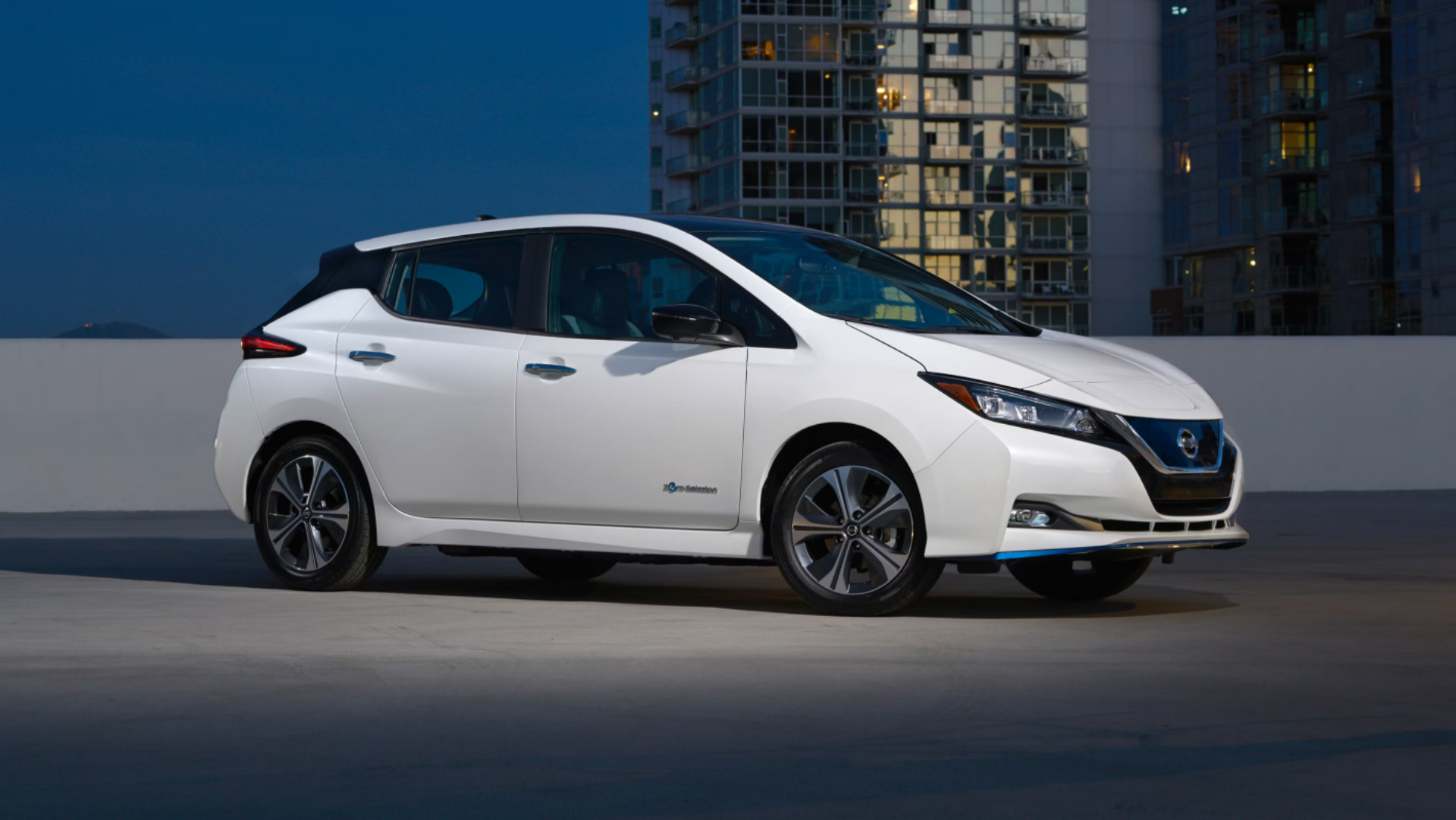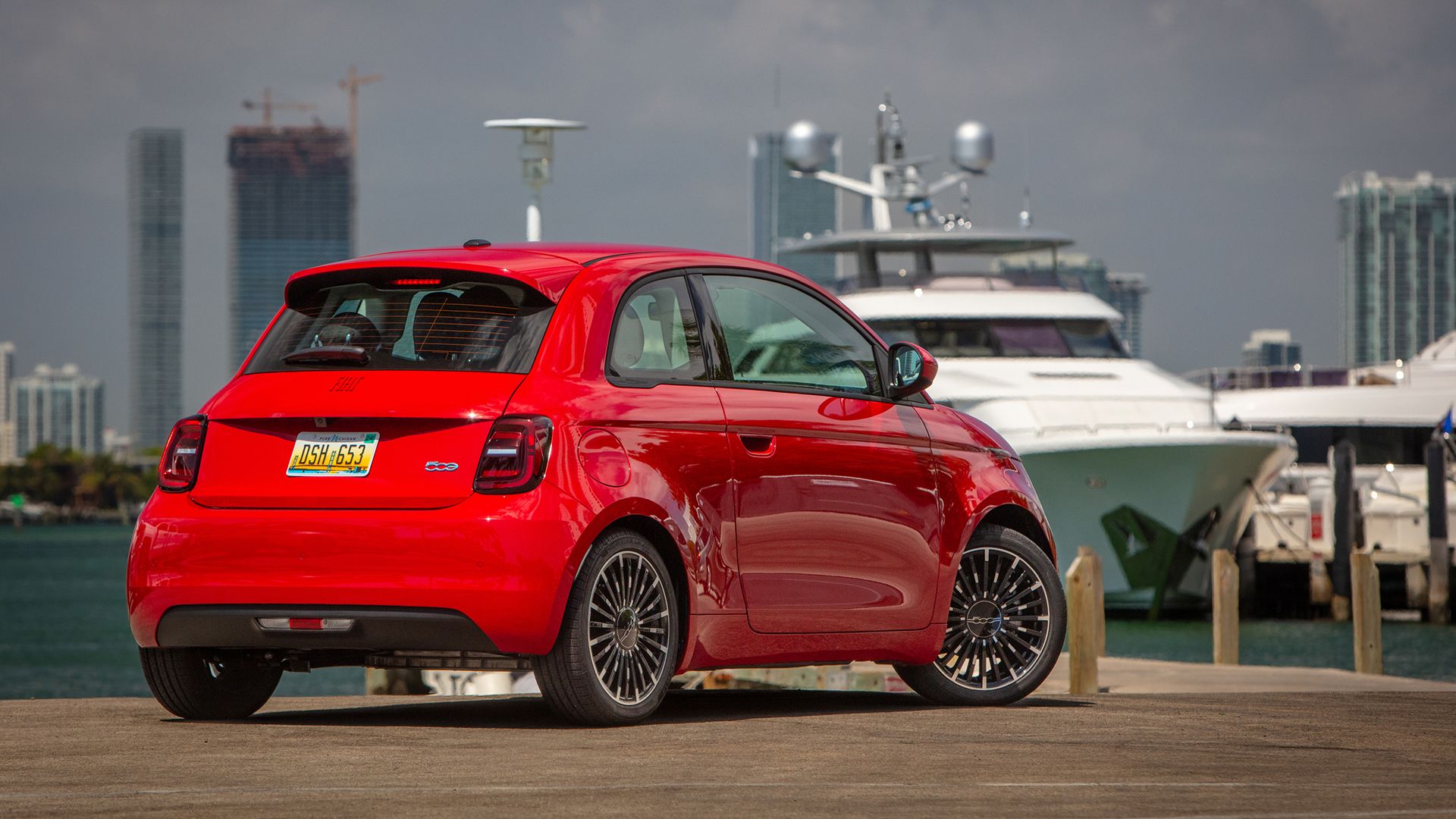The new electric car era has produced some of the most extreme exterior designs that have truly established a new era for the automotive world. Engineers and designers have more freedom to increase packaging and proportions, but they still have to adhere to limitations that may negatively affect aerodynamics in a bid to lower the overall energy consumption. The result is usually an electric car that looks a lot more futuristic and faster than its conventional ICE counterpart. For the most part, electric cars are much faster than ICEs, but there are some examples that don’t necessarily prioritize performance.
If you’re looking for an EV that’s slow and easy to drive, but you want people who don’t have an invested interest in cars to think you’re driving something fast, the cars on this list will perfectly suit your needs. Considering there are more fast EVs than slow, some of the cars we feature here are more performance-minded, but they are substantially slower when compared to their respective segments. Other examples don’t necessarily look like performance cars, but they definitely look sportier than ICEs with the same body styles.
In order to give you the most up-to-date and accurate information possible, the data used to compile this article was sourced from various manufacturer websites and other authoritative sources, including Edmunds, MotorTrend, and Car and Driver. We’ve ranked the models below based on their 0-60 MPH acceleration times from fastest to slowest.
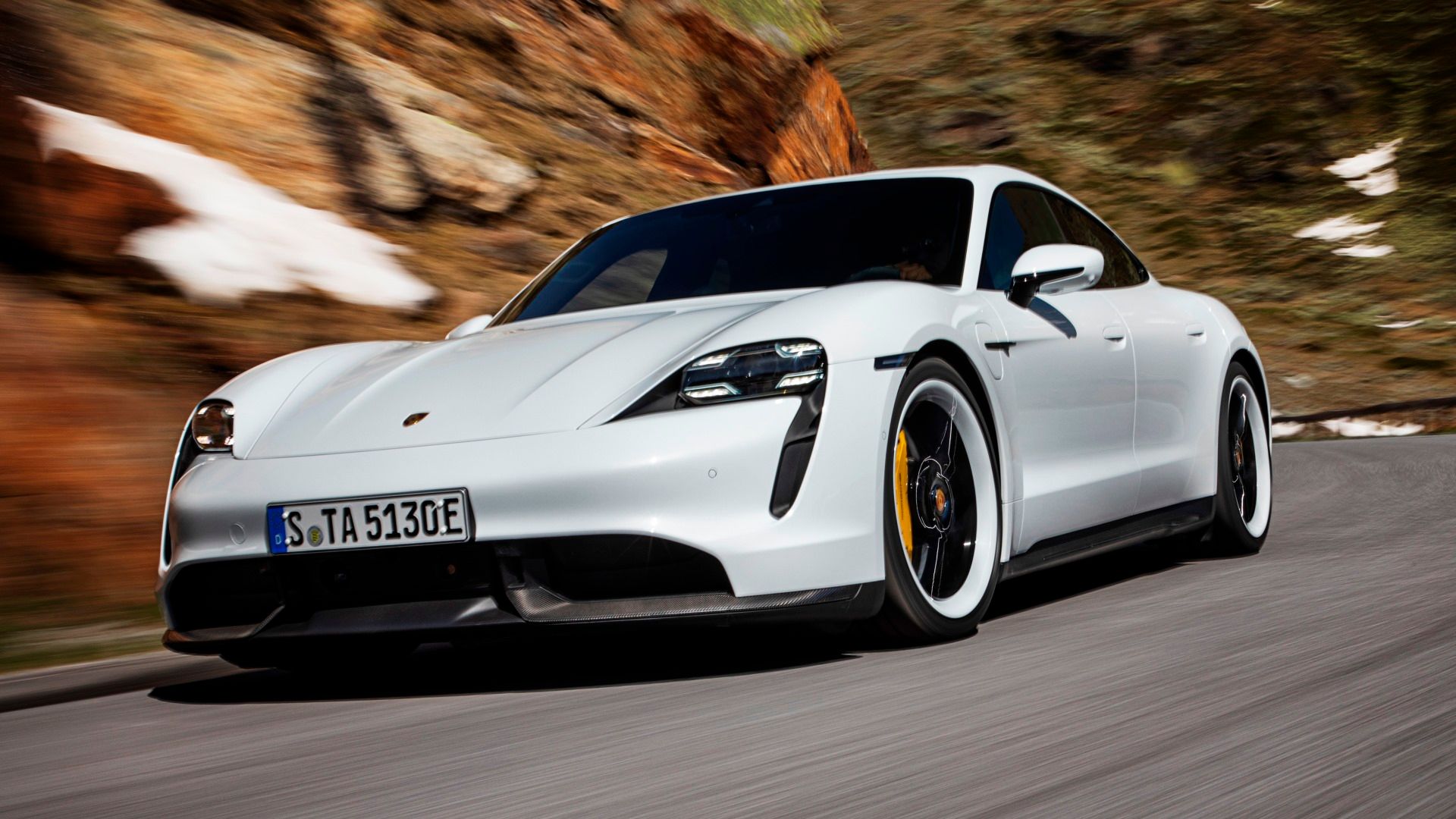
Model Overview
2024 Porsche Taycan: A Comprehensive Guide On Features, Specs, And Pricing
The Porsche Taycan continues its campaign as a desirable performance EV sedan in 2024, and here’s what you need to know about it.
10 Porsche Taycan
Manufacturer Claimed 0-60 MPH: 5.1 Seconds
We’re starting the list off with the base Porsche Taycan with the standard battery pack because it is a fast car, but not necessarily so when you pit it against equally priced rivals. This features a single permanent-magnet motor located on the rear axle, which produces 402 horsepower if you don’t opt for the Performance Plus battery. The relatively low 254 pound-feet torque output means that the base Taycan only gets you from 0-60 MPH in 5.1 seconds, with a limited 143 MPH top speed. That’s impressive in its own right, but not for a car that costs nearly $100,000.
Performance Specifications
|
Motor Setup |
Single-AC Synchronous Motor |
|
Transmission |
Two-Speed Automatic |
|
Horsepower |
402 HP |
|
Torque |
254 LB-FT |
|
Driveline |
Rear-Wheel Drive |
|
0-60 MPH |
5.1 Seconds |
|
Top Speed |
143 MPH |
Despite this lower performance figure, many reviewers insist that the base Taycan is the most balanced and appealing car in the range. The design shares a lot of similarities with the likes of the Turbo S model, apart from some subtle styling cues. Turbo GT owners should feel a bit more assured that their exclusive flagship model looks a bit more distinctive.
9 BMW i5 eDrive40
Manufacturer Claimed 0-60 MPH: 5.7 Seconds
The BMW i5 is a distinguished executive midsize sedan, but its angular and futuristic proportions make it look a bit more performance-oriented. The base eDrive40 doesn’t quite live up to this expectation. The single-excited synchronous motor only develops 335 horsepower, resulting in it covering a 0-60 MPH sprint in a claimed 5.7-second result with a limited 120 MPH top speed. Again, these are fairly impressive results only when compared to downsized ICE alternatives.
Performance Specifications
|
Motor Setup |
Single-Excited Synchronous Motor |
|
Transmission |
Single-Speed Automatic |
|
Horsepower |
335 HP |
|
Torque |
254 LB-FT |
|
Driveline |
Rear-Wheel Drive |
|
0-60 MPH |
5.7 Seconds |
|
Top Speed |
120 MPH |
The eDrive40 can start to look a bit more aggressive when you specify the M Sport package, which also includes a larger set of wheels. Furthermore, you get access to certain M-specific colors, which means you’ll end up having a base model that looks eerily similar to the top-of-the-range M60.
8 BMW i4 eDrive35
Manufacturer Claimed 0-60 MPH: 5.8 Seconds
The BMW i4 eDrive35 is the least-powerful CLAR-based electric car BMW currently sells in the U.S. The brand introduced the new derivative for the 2024 model year, with a 282-horsepower output. This is enough to get it from 0-60 MPH in 5.8 seconds, with a 118 MPH top speed.
Performance Specifications
|
Motor Setup |
Single Electrically Excited-Synchronous Motor |
|
Transmission |
Single-Speed Automatic |
|
Horsepower |
282 HP |
|
Torque |
295 LB-FT |
|
Driveline |
Rear-Wheel Drive |
|
0-60 MPH |
5.8 Seconds |
|
Top Speed |
118 MPH |
Again, this is an impressive achievement for a sub-300 horsepower sedan, but by EV standards, it’s a pretty substandard result. Like the i5, you can make your i4 look quite sporty via BMW’s optional M Sport package and exclusive colors.
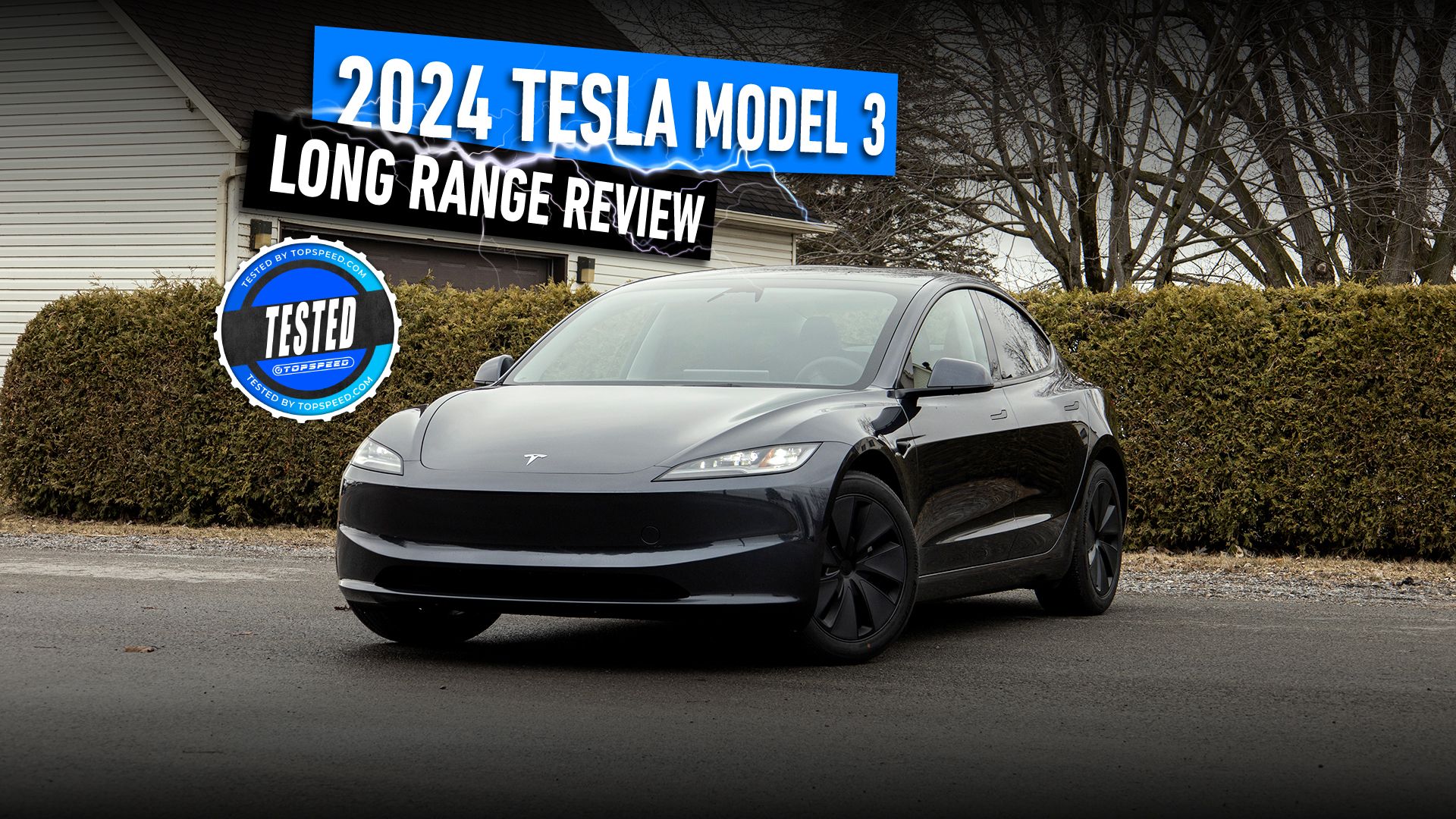
Review
2024 Tesla Model 3 Long Range First Drive : Finally Matured Into A True Premium Product
At first glance, the 2024 Tesla Model 3 may not appear different, but it’s the fine details that have allowed it to morph into a much better car.
7 Tesla Model 3
Manufacturer Claimed 0-60 MPH: 5.8 Seconds
Considering the base Tesla Model 3 looks almost identical to the top-of-the-range Performance trim, the base rear-wheel-drive option would fool a lot of pedestrians. This features Tesla’s single permanent-magnet motor technology, generating 271 horsepower, which gets you from 0-60 MPH in a claimed 5.8 seconds with a limited 125 MPH top speed.
Performance Specifications
|
Motor Setup |
Single Permanent-Magnet Motor |
|
Transmission |
Single-Speed Automatic |
|
Horsepower |
271 HP |
|
Torque |
310 LB-FT |
|
Driveline |
Rear-Wheel Drive |
|
0-60 MPH |
5.8 Seconds |
|
Top Speed |
125 MPH |
Tesla doesn’t issue any test units of this derivative to independent reviewers, so we don’t know how accurate its claims are. However, the brand is typically honest about these figures, so it’s safe to assume that you’d be able to achieve this in real-world conditions. It’s also a fairly competitively priced EV that benefits from amazing energy consumption estimates.
6 Polestar 2
Manufacturer Claimed 0-60 MPH: 5.9 Seconds
The base Polestar 2 now adopts a rear-wheel drive configuration to make it more appealing to the mass market, while enhancing its overall handling characteristics. This new motor produces 299 horsepower, which is only enough to get the high-riding sedan from 0-60 MPH in around 5.9 seconds.
Performance Specifications
|
Motor Setup |
Single-Permanent-Magnet Motor |
|
Transmission |
Single-Speed Automatic |
|
Horsepower |
299 HP |
|
Torque |
361 LB-FT |
|
Driveline |
Rear-Wheel Drive |
|
0-60 MPH |
5.9 Seconds |
|
Top Speed |
127 MPH |
Polestar was originally a Volvo tuning specialist, which the Swedish brand transitioned into its official electric sub-brand after the 2017 acquisition. The brand adopts a sleeker design philosophy these days, but some of its original motorsport heritage is evident from some angles of the Polestar 2, which could easily lead people to believe that you’re driving a fully fledged performance car.

Add TopSpeed to your Google News feed.
5 Hyundai Ioniq 6 SE
Manufacturer Claimed 0-60 MPH: 6.0 Seconds
The Hyundai Ioniq SE’s design prioritizes aerodynamics, resulting in a sleek silhouette and convex rear-end that appears to draw a lot of inspiration from the Porsche 911. Despite these dynamic lines, the base SE derivative features one rear-mounted permanent-magnet motor that produces a modest 225 horsepower. This gets it from 0-60 MPH in a claimed 6.0 seconds with a 115 MPH top speed.
Performance Specifications
|
Motor Setup |
Single Permanent-Magnet Motor |
|
Transmission |
Single-Speed Automatic |
|
Horsepower |
225 HP |
|
Torque |
258 LB-FT |
|
Driveline |
Rear-Wheel Drive |
|
0-60 MPH |
6.0 Seconds |
|
Top Speed |
115 MPH |
The Ioniq 6 is one of the more expensive options in its segment, which the brand justifies with its class-leading range and consumption estimates. Hyundai also put together an inspiring RN22e concept, which highlights this model’s performance potential.
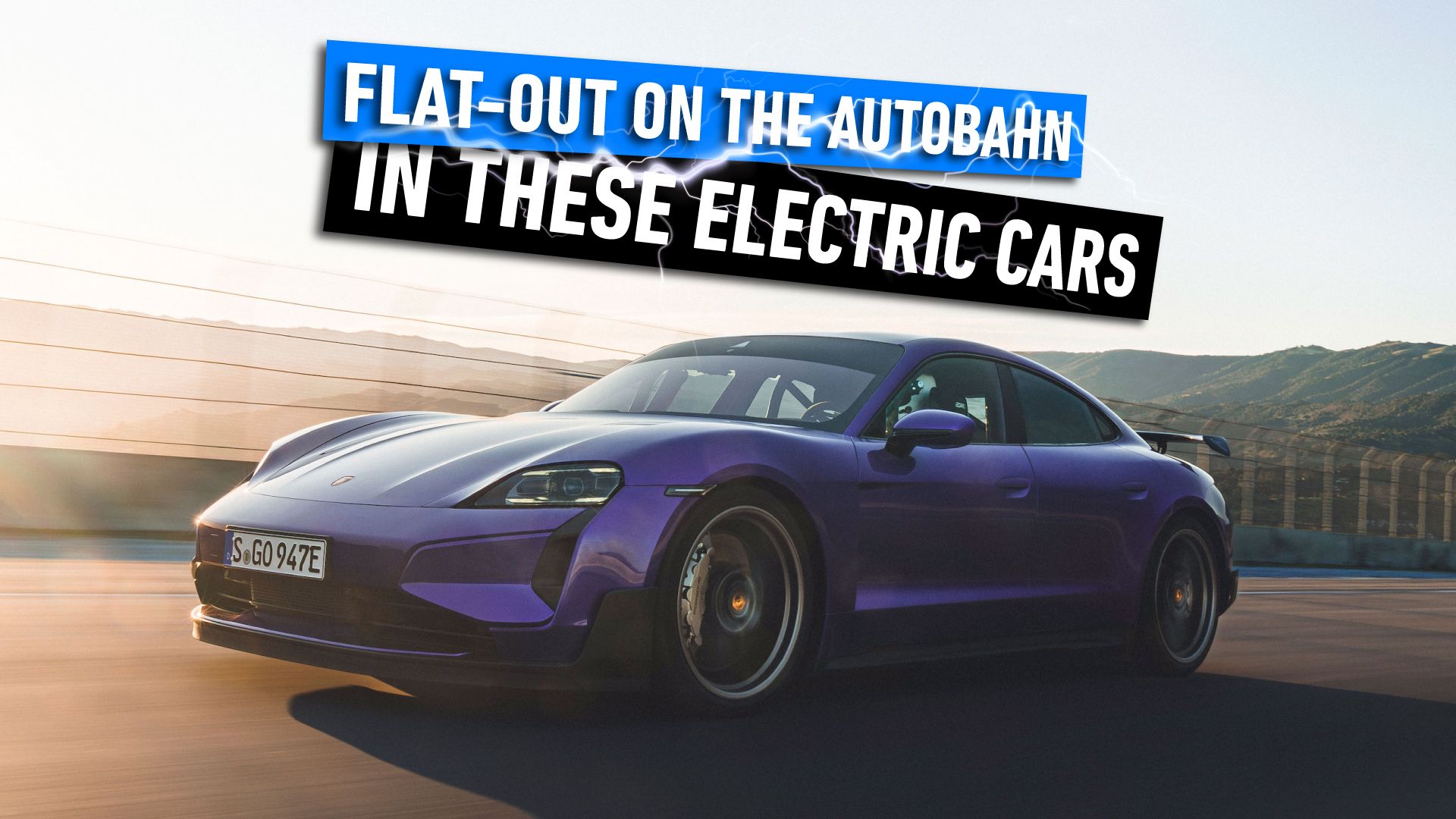
Related
10 Electric Cars We’d Love To Take Flat-Out On The Autobahn
EVs have redefined performance, and here are 10 models that we’d love to go ‘bahnstorming’ in.
4 Mini Cooper SE
Manufacturer Claimed 0-60 MPH: 6.0 Seconds
The all-new Mini Cooper SE’s design maintains a pleasant blend of futurism and performance, while still honoring the original model’s appearance. The electrified hatch does a great job at keeping things subtle appearance wise, but its futuristic cues will have a lot of pedestrians thinking you’re driving a sporty little hot hatch.
Performance Specifications
|
Motor Setup |
Single Permanent-Magnet Motor |
|
Transmission |
Single-Speed Automatic |
|
Horsepower |
181 HP |
|
Torque |
199 LB-FT |
|
Driveline |
Front-Wheel Drive |
|
0-60 MPH |
6.0 Seconds |
|
Top Speed |
93 MPH |
The Cooper SE features BMW’s single permanent-magnet motor mounted at the front. It produces 181 horsepower, which gets it from 0-60 MPH in 6.0 seconds, with a relatively low 93 MPH top speed. This would put it on par with hot hatches from about 15 years ago.
3 Mercedes-Benz EQE 350 Plus
Manufacturer Claimed 0-60 MPH: 6.2 Seconds
The entry-level Mercedes-Benz EQE 350 Plus is one of the most luxurious electric cars you can buy today, but unfortunately, you may feel a bit underwhelmed by its performance. It features a single permanent-magnet motor at the rear, which generates a modest 228 horsepower. Unfortunately, the brand claims this will only get you from 0-60 MPH in about 6.2 seconds, making it one of the slowest models in its class and price category.
Performance Specifications
|
Motor Setup |
Single Permanently-Excited Synchronous Motor |
|
Transmission |
Single-Speed Automatic |
|
Horsepower |
288 HP |
|
Torque |
417 LB-FT |
|
Driveline |
Rear-Wheel Drive |
|
0-60 MPH |
6.2 Seconds |
|
Top Speed |
130 MPH |
You can also specify some AMG-inspired appearance packages, exclusive colors, and blacked-out trimmings to make the EV sedan appear more stealthy and fast. The brand also offers a complementary debadging service, which will be sure to confuse pedestrians, as there are almost no appearance differences to the higher trim derivatives.
2 Nissan Leaf
Manufacturer Claimed 0-60 MPH: 7.4 Seconds
No one believes that the Nissan Leaf is a fast car, but if you’re not a gearhead, you may assume that this is some sort of performance model. Nissan’s dynamic and aerodynamic alloy wheels, the GT-R-inspired V-motion faux-grille, and floating roofline cues all inspire some level of speed.
Performance Specifications
|
Motor Setup |
Single Permanent-Magnet Motor |
|
Transmission |
Single-Speed Automatic |
|
Horsepower |
147 HP |
|
Torque |
236 LB-FT |
|
Driveline |
Front-Wheel Drive |
|
0-60 MPH |
7.4 Seconds |
|
Top Speed |
136 MPH |
In practice, the Leaf is anything but fast, with its single front-mounted permanent-magnet motor only churning out 143 horsepower, resulting in a 7.4-second 0-60 MPH claim time and 136 MPH top speed. Nissan’s claims are a bit bold, as independent tests showcase 7.8 seconds to be more realistic. Nismo did put a special Leaf concept and takes the EV racing in certain regions, which adds some level of performance credibility to the range, but only just.
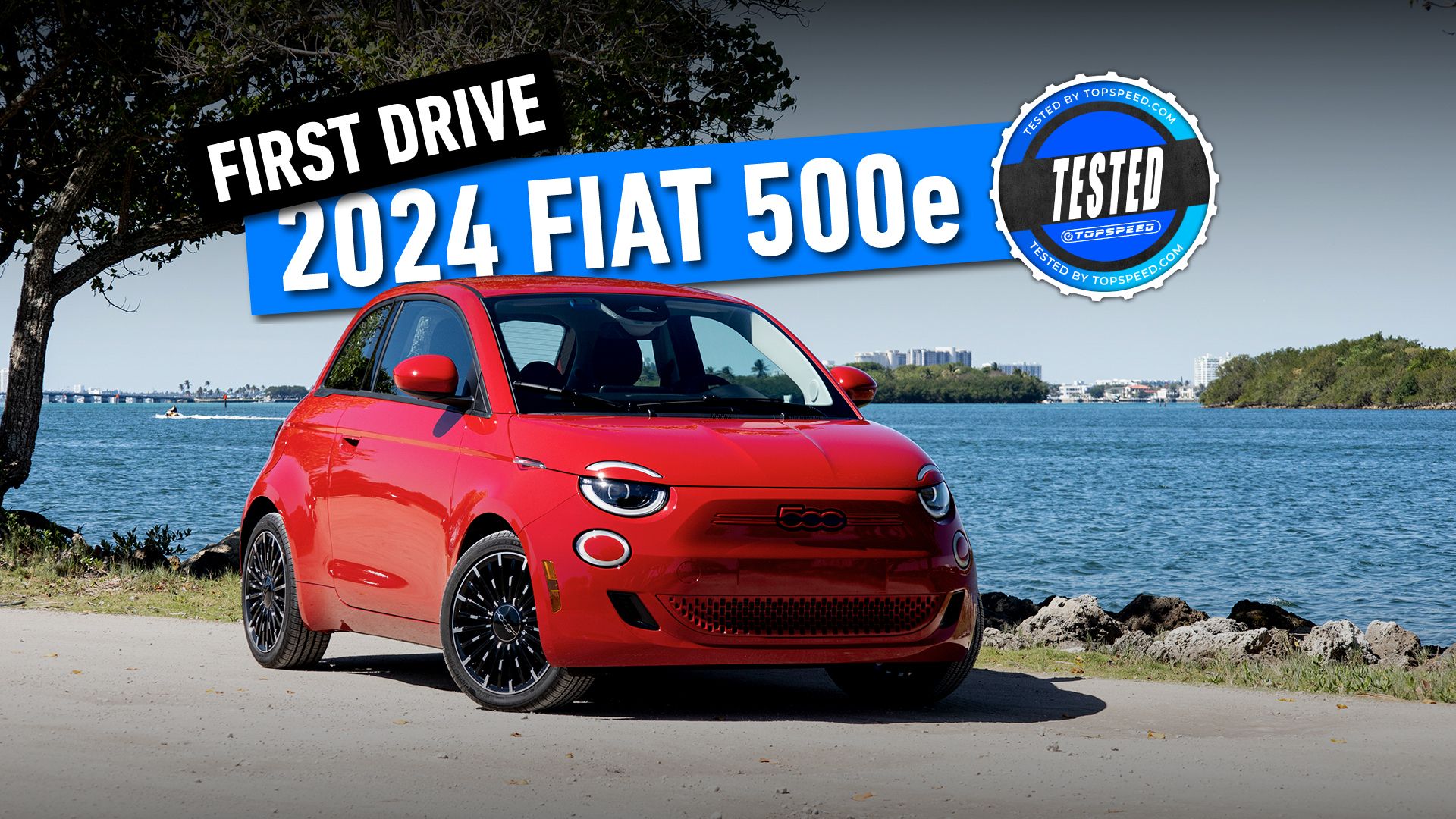
Review
2024 Fiat 500e First Drive: One Of The Most Refreshing EVs I’ve Driven In Years
The Fiat 500e proves that electric vehicles make a lot more sense when they’re packaged in a small-footprint format.
1 Fiat 500e
Manufacturer Claimed 0-60 MPH: 8.5 Seconds
The Fiat 500e is another EV that almost no knowledgeable car enthusiast will think is fast, but the recently introduced electric subcompact hatch features a certain level of design cues that mimic the performance oriented Abarth model. Admittedly, this also isn’t a particularly fast ICE hatch, but most pedestrians probably wouldn’t know this.
Performance Specifications
|
Motor Setup |
Single Permanent-Magnet Motor |
|
Transmission |
Single-Speed Automatic |
|
Horsepower |
117 HP |
|
Torque |
162 LB-FT |
|
Driveline |
Front-Wheel Drive |
|
0-60 MPH |
8.5 Seconds |
|
Top Speed |
94 MPH |
This quirky Italian electric car features a single compact electric motor that churns out a dismal 117 horsepower, which you can use to get from 0-60 MPH in around 8.5 seconds with a 95 MPH top speed. Thankfully, independent tests suggest that you can easily shave this down to 7.8 seconds in the right conditions. Abarth does have its own 500e model, producing a more impressive 155 horsepower, but there’s no word on whether it will arrive in the U.S.


